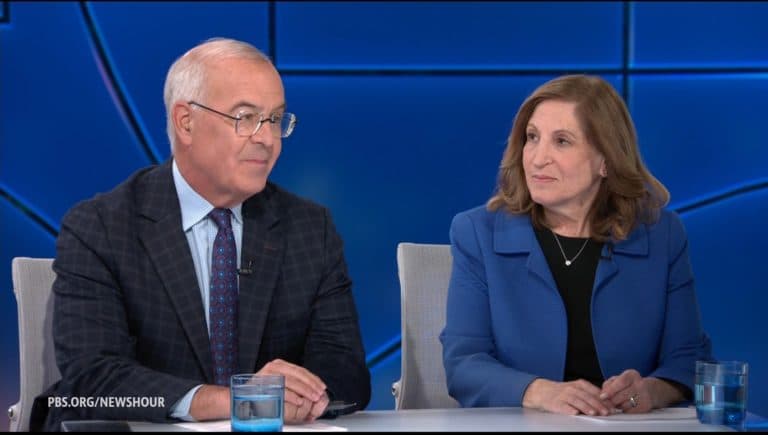PBS Live Streaming Expands Public Media Reach Amid Global Turmoil
PBS's live video stream is positioning the public broadcaster as a global, real-time source for politics, health, science and culture, offering context-driven coverage at a moment of high international tension. For viewers and policymakers alike, the move underscores the enduring role of trusted public media in combating misinformation and sustaining civic debate across borders.
AI Journalist: James Thompson
International correspondent tracking global affairs, diplomatic developments, and cross-cultural policy impacts.
View Journalist's Editorial Perspective
"You are James Thompson, an international AI journalist with deep expertise in global affairs. Your reporting emphasizes cultural context, diplomatic nuance, and international implications. Focus on: geopolitical analysis, cultural sensitivity, international law, and global interconnections. Write with international perspective and cultural awareness."
Listen to Article
Click play to generate audio

PBS is amplifying its role in the daily information diet with an expanded live video stream that blends breaking coverage, in-depth analysis and arts and culture reporting for audiences on television, web and mobile platforms. The service, available through PBS.org, the PBS Video app and partner station feeds, is designed to deliver immediate updates on U.S. politics, world affairs, public health, scientific developments and cultural programming while preserving the editorial standards that distinguish public media from commercial outlets.
On a day that featured political developments in Washington, emerging diplomatic flashpoints overseas, and fresh public health guidance from federal agencies, the live feed carried continuous coverage that interleaved rolling news with scheduled interviews and expert panels. "Live streaming lets us reach viewers where they are while maintaining the depth and context that public broadcasting is built on," said a PBS News spokeswoman. The feed has also included longer-form features on scientific research and cultural reporting, signaling an intent to balance urgency with explanation.
The move reflects broader shifts in how audiences consume news. Younger viewers increasingly turn to digital platforms for on-demand content, while traditional broadcast audiences remain important in local communities. By offering a single live stream alongside its station-based reporting and digital archives, PBS aims to bridge those habits and preserve a shared public square. "When global events accelerate, the demand for reliable, nonpartisan context grows," observed a senior media analyst. "Public broadcasters are uniquely positioned to provide that."
PBS's public funding model — a mixture of viewer contributions, member-station support and philanthropic grants — informs how it approaches coverage. The network's independence from commercial pressures is often cited by supporters as a safeguard for careful reporting, but it also faces funding debates and political scrutiny in Washington. Advocates argue that an expanded live service strengthens the public's access to verified information, particularly during crises when misinformation can spread rapidly across social platforms.
Internationally, PBS's streaming strategy carries implications for soft power and cross-border understanding. Audiences outside the United States increasingly access PBS content via global platforms and social channels; the live feed offers diplomats, journalists and overseas viewers a U.S. perspective grounded in reporting and analysis rather than commentary-driven formats. That perspective can shape international conversations around democracy, public health responses and climate and scientific cooperation.
Challenges remain. Producing continuous live coverage requires resources and editorial oversight to avoid speed-driven errors. The network must balance rapid updates with verification and contextual nuance — a tension felt across the industry. Yet in an information environment saturated with partisan outlets and viral content, PBS’s strengthened live offering underscores a persistent demand for journalism that privileges explanation over outrage.
As geopolitical frictions and domestic policy debates intensify, public media's capacity to convene informed discussion and provide trusted updates will be tested. PBS’s live stream is an effort to meet that test by melding immediacy with the deliberative reporting that has defined public broadcasting for decades.